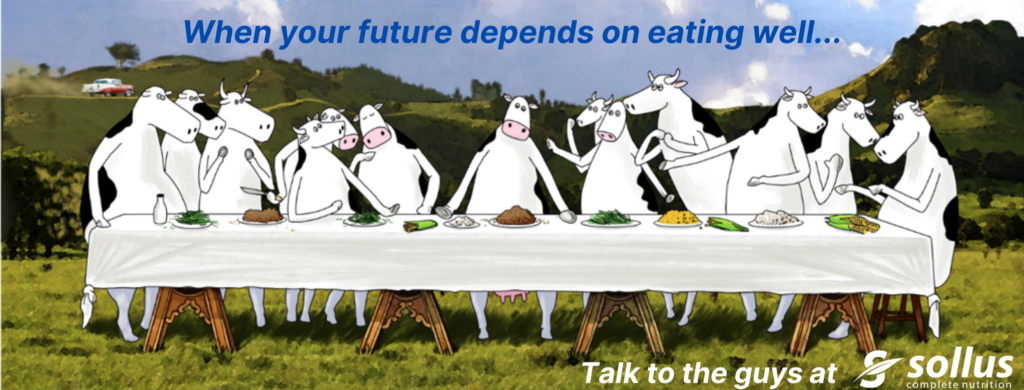
New Zealand dairy is unique when it comes to nutrition. Not just because it is largely grass based. We see similar industries in Australia, Chile, Ireland and even parts of Europe and Japan in the summer. The uniqueness stems more from having grass as the most cost effective energy source; plus the fact that the industry tries to maintain a seasonal calving program, but more on that in a later column.
Let’s look at grass being the most cost effective energy source. This may be unsurprising, but perhaps it is a surprise that it is not the most cost effective in other countries.
With its moderate climate NZ grows higher energy grass than most countries but the main reason grass is not the most cost effective energy source in other countries is that grain is so cheap; here it is expensive.
It’s clear grass is the most cost effective energy source, but do we know how to best utilise it? Unfortunately when grass is chock full of energy it is also full of components that reduce the ability of cows to utilise this energy. At Sollus we call them ANF’s or Anti-Nutritional Factors. They can result in cows squirting, excessive passage rates, milk fat depression, acidosis, bloat, the list goes on. All end in the same thing – terrible conversion of grass energy into milk.
This is where supplementary feeding comes in. Feed supplements, ranging from straw to maize silage to grains and PKE blends, all have a place in the NZ grass based diet. Their primary role in NZ is considerably different to other countries. In other countries we use them to add energy. In NZ we use them to increase the utilisation of the grass and as a carrier for vitamins and minerals.
However, it’s not as easy as picking a blend or a silage and sticking with it for the season. As grass changes, supplementary feed needs to change with it. In early spring we need to add fibre and dry the diet as much as possible so the grass can be utilised and saliva can be produced.
Now, coming into summer, cows have peaked and we need to hold that peak as long as possible. The grass is drying out, going to head and finally generating some effective fibre. To reflect this our feeds need higher energy, perhaps some true protein, maybe some ruminally degraded protein which will help keep cows peak up as the ME drops out of grass.
Being a nutritionist in NZ is not about the feed, it’s about the grass, every dairy manager is the nutritionist on their farm. It’s time to feed cows to convert more grass into milk.